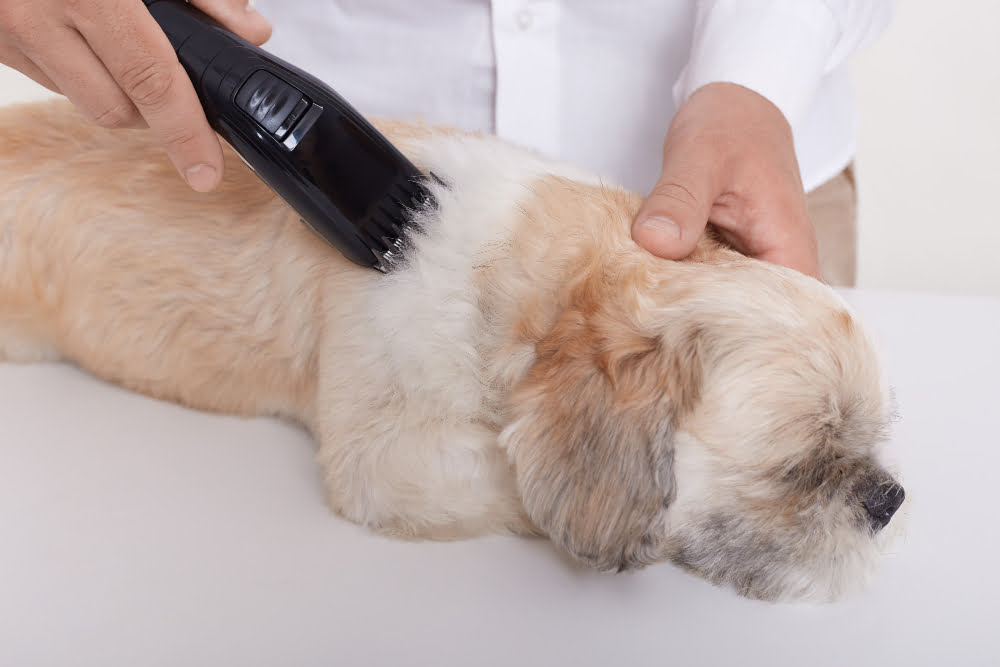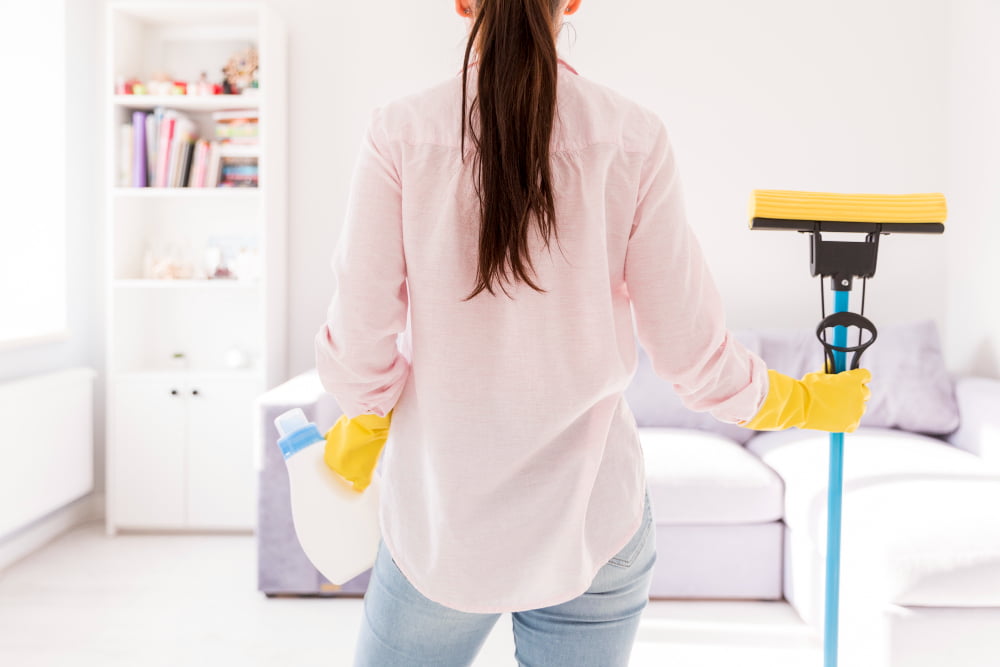In this blog post, you will learn practical tips for managing pet allergens in your home caused by dander and hair.
As I sat on my couch, scrolling through my social media feeds, I couldn’t help but notice how many of my friends were posting pictures of their furry companions. From fluffy cats to playful dogs, it seemed like everyone had a pet these days.
As much as I loved seeing their adorable faces, I couldn’t help but think about the potential impact these pets could have on indoor air quality.
You see, as an expert blogger who writes about home air quality, I know all too well about the dangers of pet dander and hair. These tiny particles can cause allergies and respiratory issues for those who are sensitive to them.
But that doesn’t mean you have to give up your beloved pets! With some simple tips and tricks, you can manage pet allergens in your home and breathe easy knowing both you and your furry friend are happy and healthy. So let’s dive in!
The Invisible Culprit: Pet Allergens

As I continued my research on pet allergens, I discovered that the culprits behind these allergies are often invisible to the naked eye. Pet dander and hair can be so small that they float in the air, making it easy for them to enter our respiratory system and cause irritation.
This is especially problematic for those who suffer from asthma or other respiratory conditions. But don’t worry! There are steps you can take to manage these pesky allergens in your home.
From regular cleaning routines to investing in air purifiers, there are plenty of ways you can keep your indoor air quality healthy while still enjoying all the love and companionship a furry friend brings into your life. So let’s explore some practical tips on how you can manage pet allergens effectively!
Identifying Pet Dander and Hair

As a pet owner, it’s important to understand what exactly you’re dealing with when it comes to pet dander and hair. Pet dander is made up of tiny flakes of skin that pets shed naturally.
These flakes can be found on their fur, in the air, and even on surfaces around your home. Pet hair is pretty self-explanatory – it’s the strands of fur that your furry friend leaves behind as they move around.
But how do you know if these particles are causing issues for you or your family? As I continued scrolling through my social media feeds, I came across a post from one of my friends who was complaining about constant sneezing and watery eyes whenever she was at home with her cat. It dawned on me that many people may not realize their symptoms could be caused by pet allergens.
If you suspect that pet dander or hair might be affecting your indoor air quality, there are some common signs to look out for such as:
- Sneezing
- Runny nose
- Watery eyes
- Itchy throat or ears
- Skin rashes
By identifying these symptoms early on and taking action against them promptly can help prevent long-term health problems associated with poor indoor air quality due to pets’ presence in our homes.
Vacuuming: Your Secret Weapon

As I looked around my living room, I couldn’t help but notice the layer of pet hair covering every surface. It was clear that vacuuming would be my first line of defense against pet allergens in my home.
But not just any vacuum would do – it had to be one specifically designed for pets.
Pet-specific vacuums have powerful suction and specialized attachments that can pick up even the tiniest particles of dander and hair from carpets, furniture, and other surfaces. They also often come with HEPA filters which trap 99% of allergens inside the machine instead of releasing them back into your air.
I invested in a high-quality pet vacuum cleaner and made sure to use it at least once a week on all surfaces where our furry friends spent time. Not only did this keep our home looking clean, but it also helped reduce allergy symptoms for both me and my family members who were sensitive to pet dander.
Vacuuming may seem like a simple task, but when done regularly with the right equipment, it can make all the difference in managing indoor air quality when you have pets at home!
Air Purifiers: Breathe Easier

One of the most effective ways to manage pet allergens in your home is by using an air purifier. As a pet owner myself, I know how difficult it can be to keep up with all the shedding and dander that comes along with our furry friends.
That’s where air purifiers come in handy.
Air purifiers work by filtering out airborne particles, including pet hair and dander, from the air you breathe. They use HEPA filters (High-Efficiency Particulate Air) which are designed to capture even the smallest particles that can cause allergies or respiratory issues.
I remember when my sister first got her cat; she was constantly sneezing and had watery eyes whenever she visited her apartment. But after investing in an air purifier specifically designed for pets, she noticed a significant improvement in her symptoms almost immediately.
When choosing an air purifier for pets, look for one with a HEPA filter as well as activated carbon filters which help eliminate odors caused by pets too! It’s also important to choose one that is appropriately sized for your room so it can effectively clean all of the indoor air circulating through your space.
By incorporating an efficient and properly-sized HEPA-filtered air purifier into your home environment alongside other tips such as regular cleaning routines or grooming sessions will ensure you’re breathing easier while enjoying quality time spent with your furry friend at home!
Grooming Tips for a Dander-Free Home

One of the best ways to manage pet allergens in your home is by keeping your furry friend well-groomed. As I looked over at my own cat, Luna, I knew it was time for her weekly brushing session.
Brushing not only helps remove loose hair and dander from their coat but also distributes natural oils that keep their skin healthy.
But grooming doesn’t stop at just brushing! Regular baths can also help reduce the amount of dander and hair in your home. However, be sure to use a pet-friendly shampoo as human shampoos can dry out their skin.
Another important aspect of grooming is trimming nails regularly. This not only prevents scratches on furniture but also reduces the amount of dirt and bacteria they bring into your home.
As I finished up Luna’s grooming session, she purred contentedly on my lap while I felt relieved knowing that these simple steps could make a big difference in managing pet allergens in our home.
Washable Fabrics to the Rescue!

One of the easiest ways to manage pet allergens in your home is by using washable fabrics. As I looked around my living room, I realized that almost everything was made of fabric – from the curtains to the throw pillows on my couch.
And with two cats and a dog running around, it’s no surprise that these items can quickly become covered in pet hair and dander.
But instead of constantly replacing these items or spending hours vacuuming them, there’s an easier solution: washable fabrics! By choosing materials like cotton or microfiber for your furniture covers and linens, you can easily toss them into the washing machine whenever they need a refresh.
I decided to put this theory into practice by swapping out some of my old decor for new washable options. Not only did it give my space a fresh look but knowing that I could easily clean up any pet messes gave me peace of mind as well.
So if you’re looking for an easy way to manage pet allergens in your home without sacrificing style or comfort, consider switching over to washable fabrics. Your nose (and guests) will thank you!
Regular Cleaning Routines Matter

As I looked around my living room, I realized that it was covered in a layer of pet hair. My cat, Luna, had been shedding like crazy lately and it seemed like no matter how much I vacuumed or dusted, the hair just kept coming back.
That’s when I remembered one of the most important tips for managing pet allergens in your home: regular cleaning routines matter.
Pet dander and hair can accumulate quickly if you don’t stay on top of cleaning. This is especially true if you have carpeting or upholstered furniture where these particles can easily get trapped.
To combat this issue, make sure to vacuum regularly with a HEPA filter-equipped machine that will trap even the smallest particles.
In addition to vacuuming carpets and rugs at least once a week (or more frequently depending on your pets’ shedding habits), be sure to dust all surfaces including shelves and window sills where dander may settle over time.
By sticking to a consistent cleaning routine that includes both vacuuming and dusting regularly throughout your home – not just in areas where pets spend most of their time – you’ll significantly reduce the amount of pet allergens present indoors while keeping everything looking clean as well!